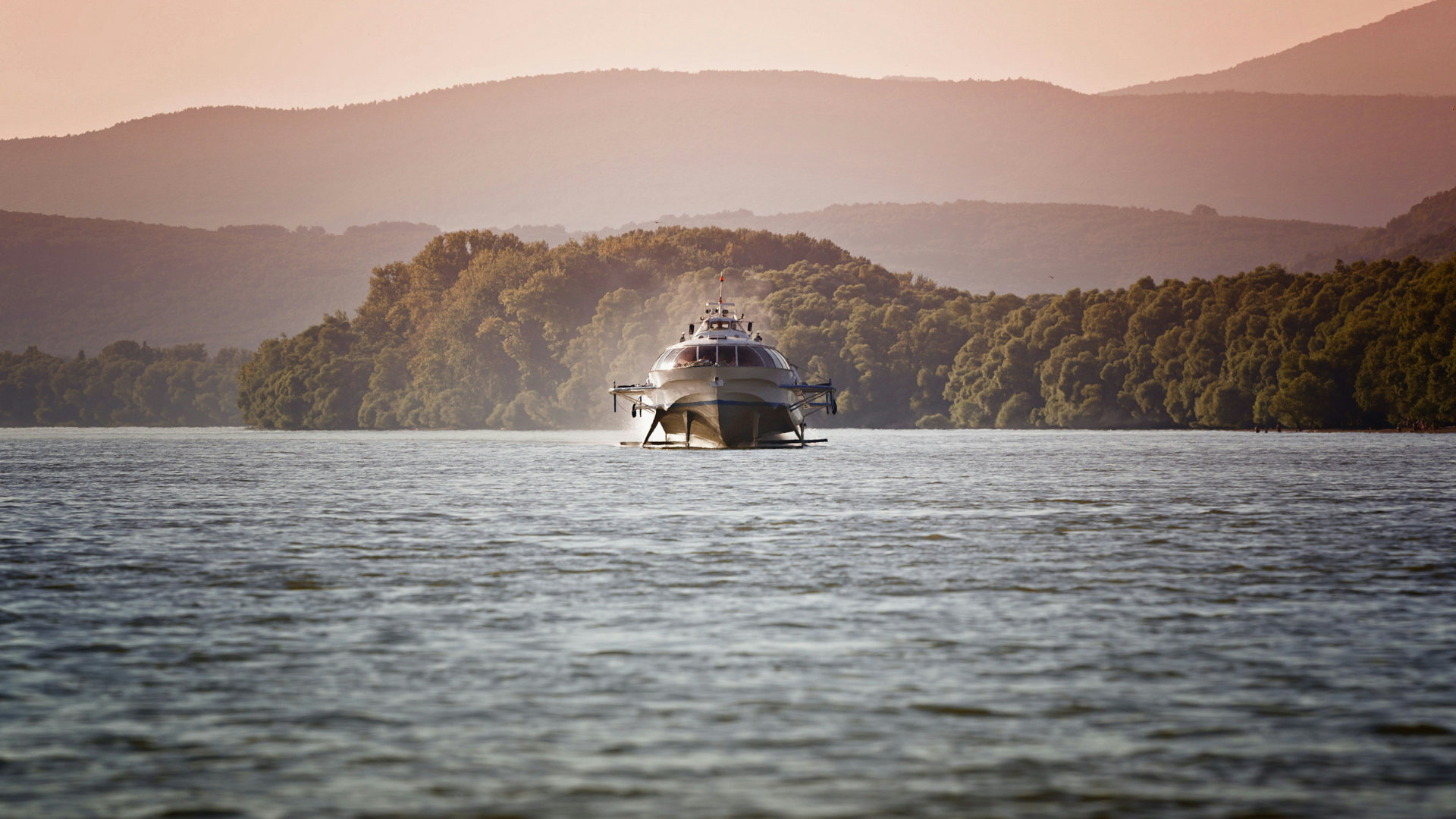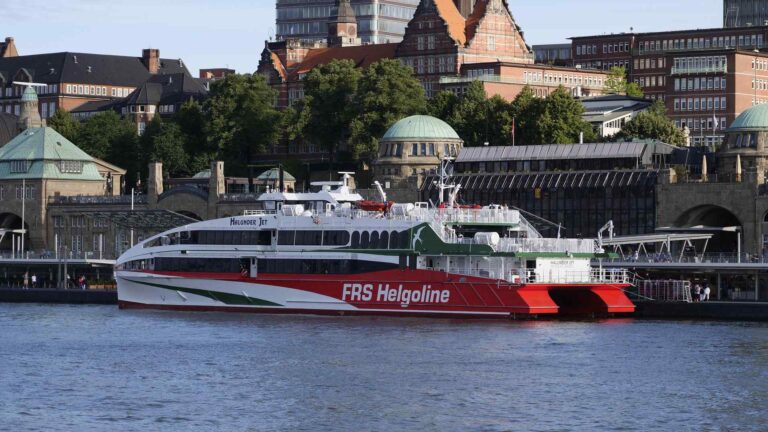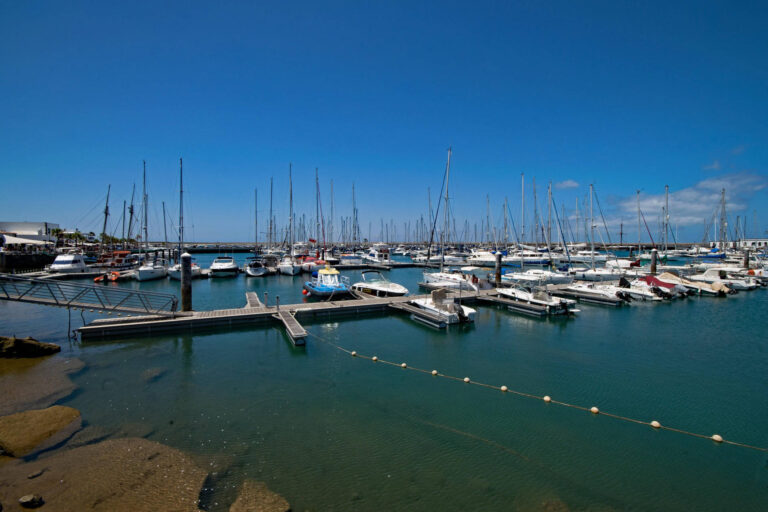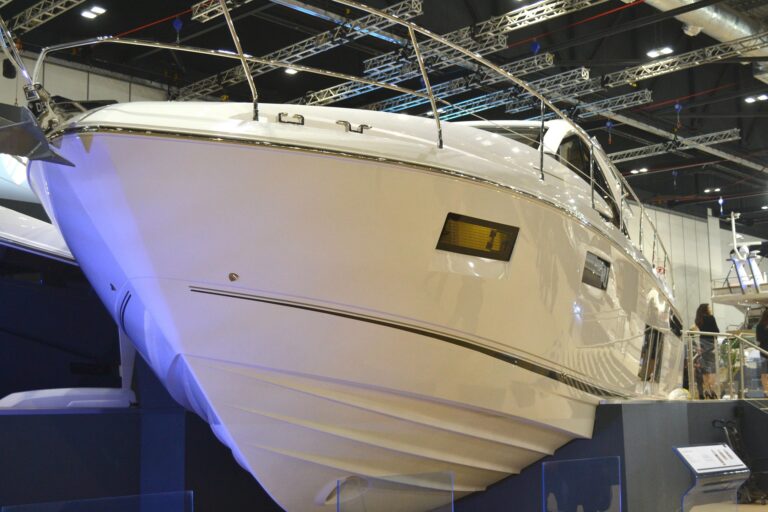The Rise and Fall of the Russian Hydrofoil Boat: Soviet-Era Marvels in Boat Design
Introduction
In the mid-20th century, the Soviet Union became a pioneer in advanced boat engineering with the creation of the Russian hydrofoil boat. Among these, the iconic Meteor hydrofoil vessel stands out as a symbol of Soviet innovation and ambition. Designed to glide above the water at remarkable speeds, these hydrofoils revolutionized river and coastal transportation across Russia and beyond. This article explores the rise and fall of these Soviet-era marvels, focusing on their design, impact, and lasting legacy.
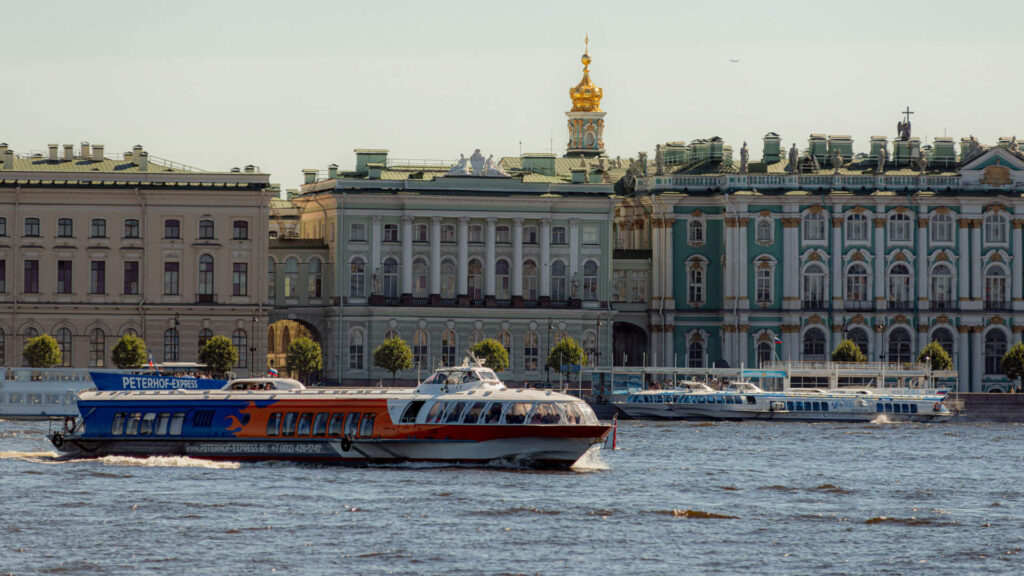
The Birth of Soviet Hydrofoil Boats
The story of the Russian hydrofoil boat begins in the 1950s, when legendary engineer Rostislav Alexeyev and his team at the Red Sormovo Shipyard set out to transform passenger transport on Russia’s vast waterways. The first mass-produced hydrofoil, the Raketa, debuted in 1957, quickly followed by the larger and more advanced Meteor in 1961.
Key Features of the Meteor Hydrofoil
- Hydrofoil Technology: The Meteor hydrofoil boat uses underwater wings (foils) that lift the hull above the water at speed, reducing drag and allowing for smoother, faster travel.
- Speed and Capacity: Capable of reaching speeds up to 65 km/h (40 mph), the Meteor could carry 120-150 passengers in comfort.
- Design Excellence: With its sleek, futuristic lines and panoramic windows, the Meteor became a symbol of Soviet engineering prowess.
Meteor vs. Raketa: Not Just Sister Ships
While both the Meteor and Raketa are celebrated Russian hydrofoil boats, they represent different generations of design. The Raketa was the first of its kind, smaller and more experimental. The Meteor, however, built on its predecessor’s success, offering greater speed, capacity, and reliability. Although often mentioned together, they are not true “sister ships” but rather evolutionary steps in Soviet hydrofoil development.
The Golden Era: Soviet Hydrofoils on Russian Rivers
During the 1960s and 1970s, Meteor hydrofoils became a common sight on the Volga, Neva, and other major rivers. They connected cities and towns, making travel faster and more comfortable than ever before. Their futuristic appearance and impressive speed captured the public imagination, becoming a source of national pride.
Notable Routes
- Saint Petersburg – Petrozavodsk (via Lake Ladoga)
- Moscow – Uglich (along the Volga River)
- Volgograd – Astrakhan
Decline and Legacy
With the collapse of the Soviet Union in the 1990s, many hydrofoil routes were discontinued due to economic challenges and aging fleets. However, the Meteor hydrofoil boat remains an enduring symbol of Soviet-era innovation. Some vessels are still in operation today, cherished by enthusiasts and tourists alike.
Lasting Impact
- Engineering Influence: The Meteor inspired hydrofoil designs worldwide.
- Cultural Icon: Featured in films, postcards, and art, the Meteor is an enduring image of Soviet modernity.
- Tourism Revival: In recent years, restored Meteors offer nostalgic cruises on Russian rivers.
Conclusion
The rise and fall of the Russian hydrofoil boat, especially the Meteor, tells a story of ambition, ingenuity, and changing times. While their golden age may have passed, these Soviet-era marvels in boat design remain a testament to what vision and innovation can achieve. The Meteor hydrofoil boat, gliding gracefully above the water, continues to inspire boat enthusiasts and historians around the world.
